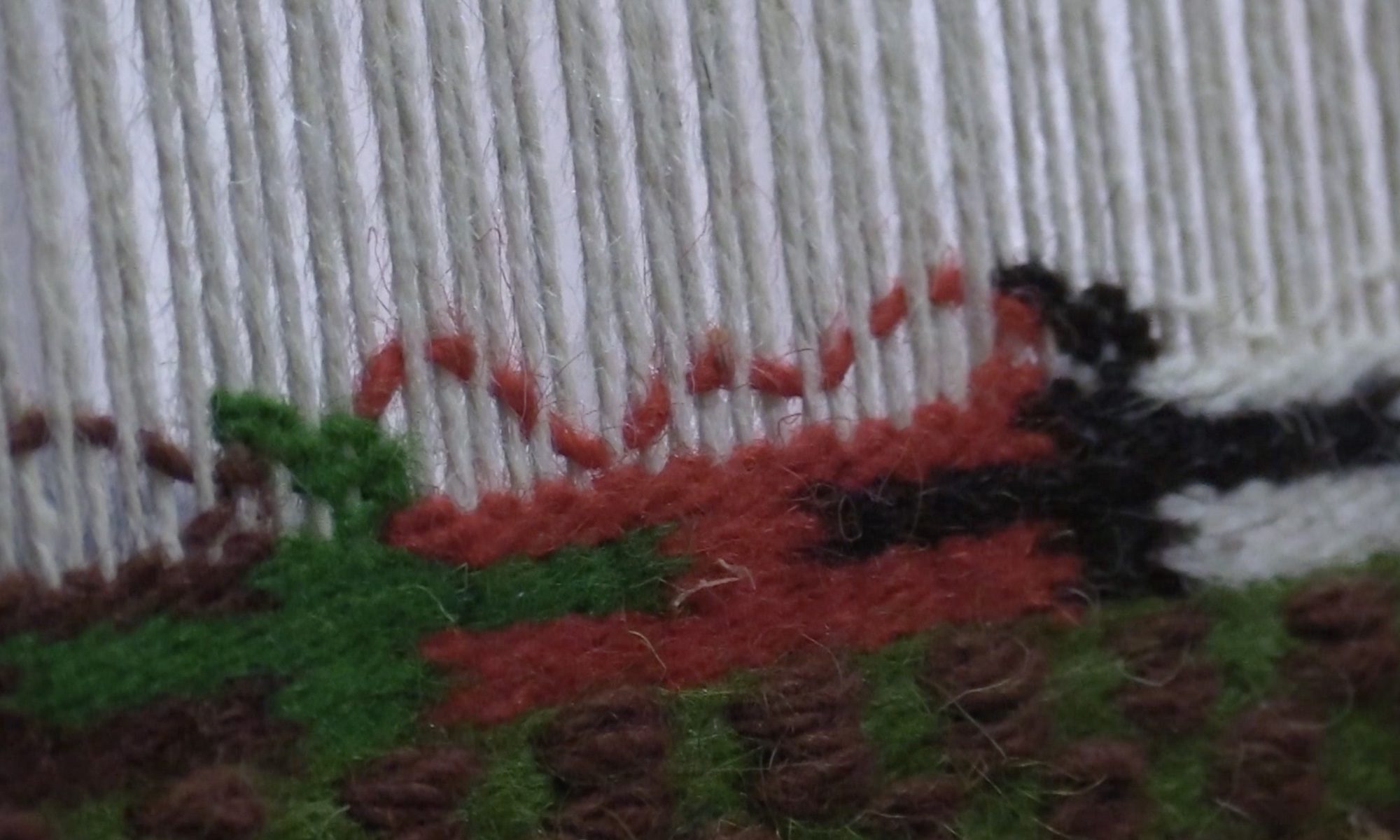Textiles have become a commodity, as have clothes, food, and pretty much everything in our lives. In fact, humans and humanity have nearly become a commodity. In the modern Western world, it seems that individuals are not valued or considered except as consumers, granular components of target audiences which large corporations seek to identify as potential buyers of material stuff.
While I do realize there is a place for industry (green, please), technology (much of which I love), and commercial items, including textiles produced in mills and powerloom shops, we can’t disregard humanity, individual human lives, the human touch, or compassion. Doing so only makes individuals — us — feel lost, disconnected, unloved, and purposeless. In an increasingly technological, commercial world that negates or exploits most human qualities for profit, we need objects made by human hands and with natural materials. I believe our nervous and energetic systems, our bodies, our hands, and our spirits seek, consciously or not, objects that connect us to nature and other humans.
Living and working in the greater Silicon Valley, I not only experience this myself, but see an increasing number of software engineers, kids who grow up with gizmos everywhere, and older folks who are tired of having their hands on keyboards searching for “something missing”. Humans, the human touch, and human compassion cannot be commoditized or programmed into a gizmo.
Arts, crafts, and handmade objects help fill the gap so many feel — not only in a material sense, but in a greater sense. When a person makes something by hand, their attention, their care, their love for what they are doing, and their unique human touch is infused into what they make. These impart an unquantifiable essence of the handmade into what they make. This essence, this quality, is distinct from yet complements the artistic skill and technical mastery a maker brings to their art. This unquantifiable essence of the handmade is tangible to our nervous and energy systems, and to our spirit — whether we know it or not.
The unquantifiable essence of the handmade is a great part of what make handmade items and handwoven textiles so valuable, in both tangible and intangible ways. The object, the weaving itself is valuable. The essence of the object is invaluable. We sense this, even if we can’t explain it. And we want handmade items — those we make ourselves, or those we buy from the artists, the craftspeople, the handweavers.
People and their handwork are not commodities. Both are priceless.
~ KM Koza
The photo shows a detail of one of Eugenia Pinna‘s textiles as she weaves it by hand.

